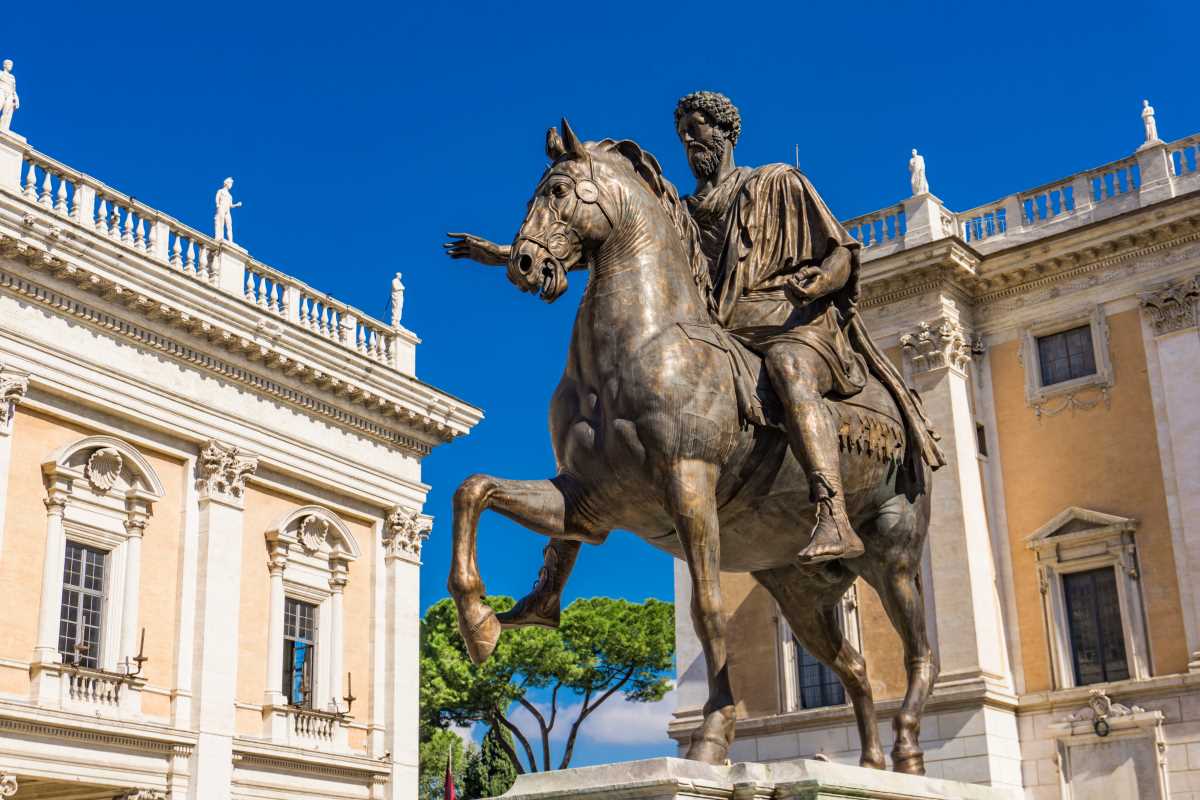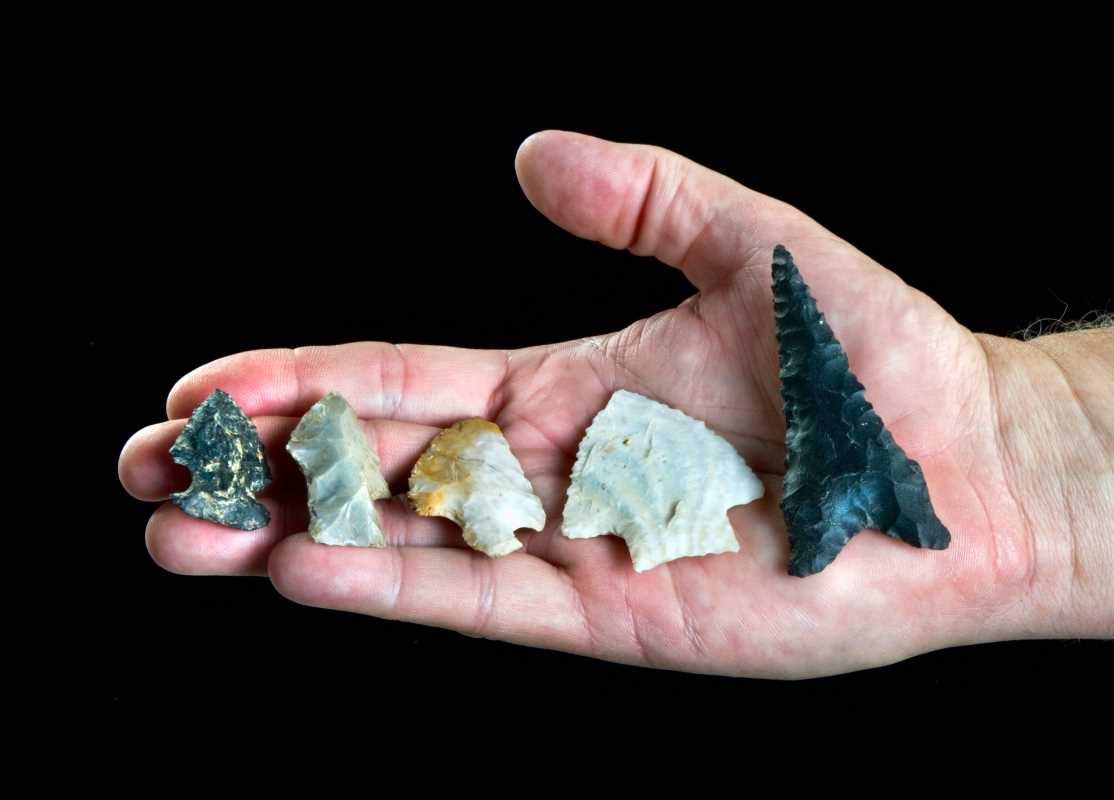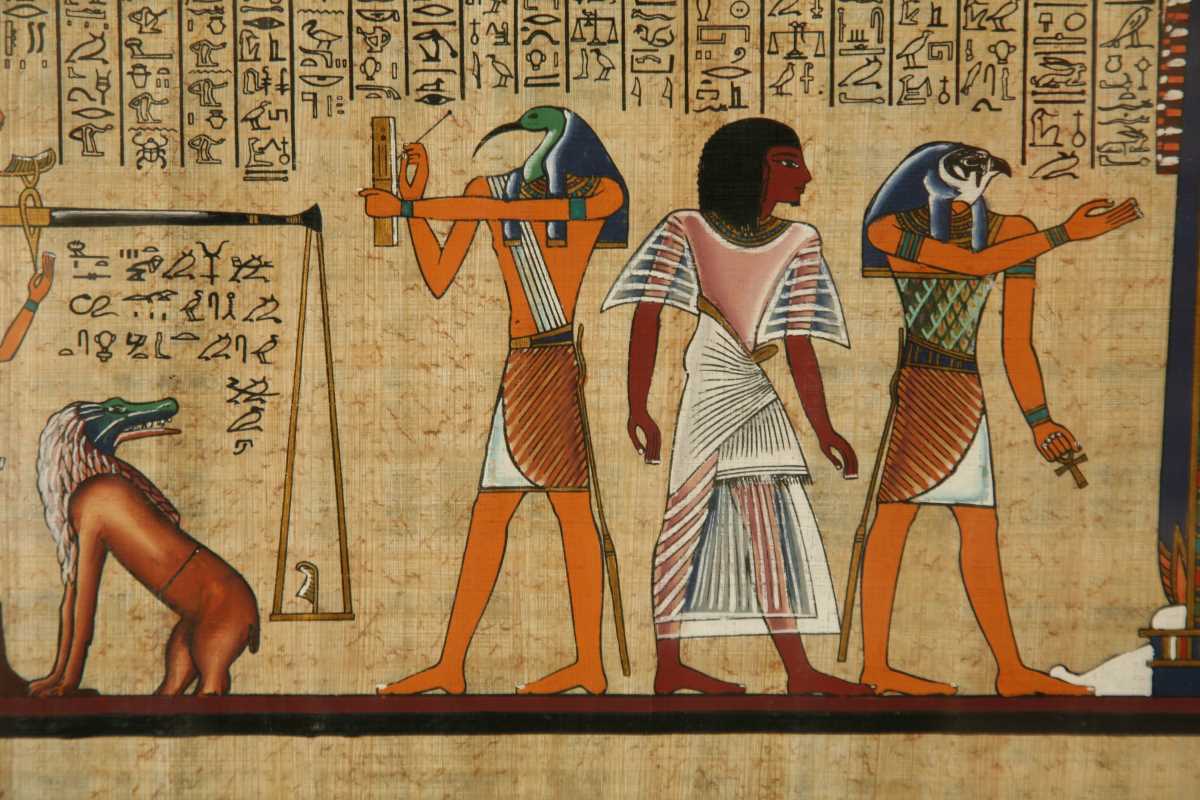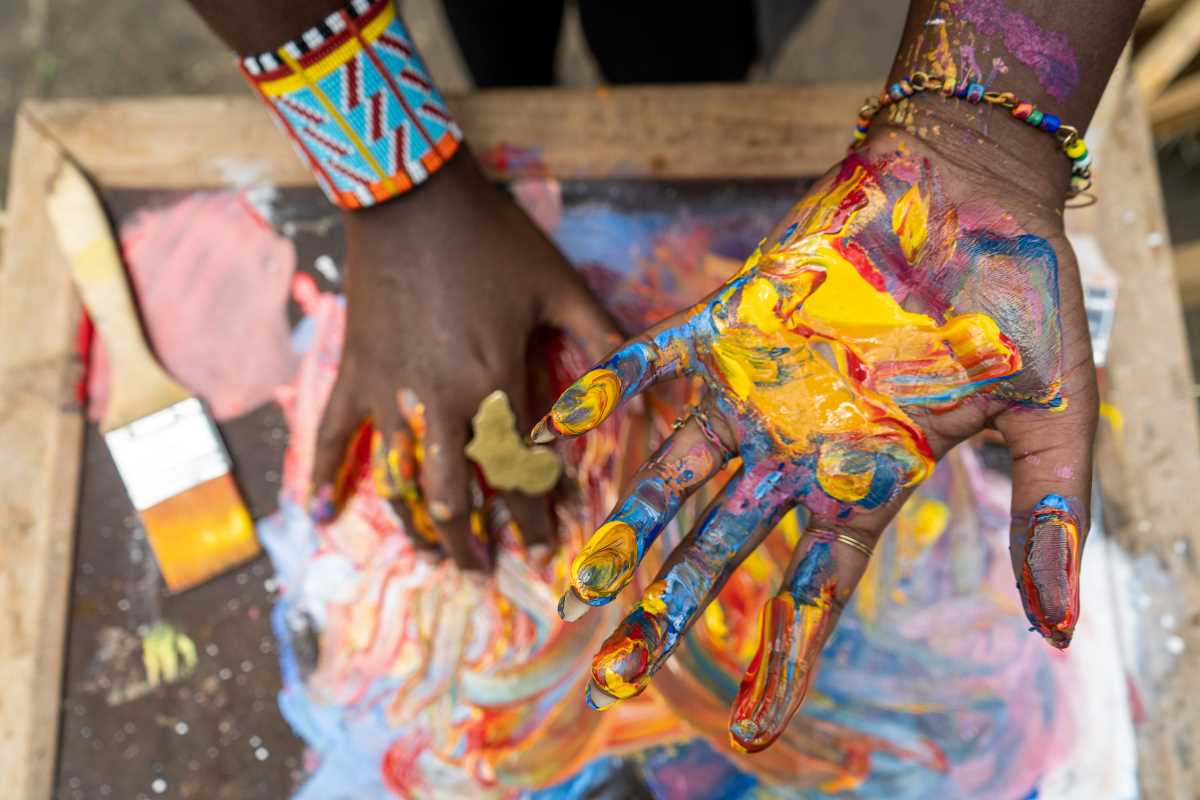Public art has a unique way of bringing life to urban landscapes. Whether it’s a towering sculpture in a park, a colorful mural on a building, or an installation in a bustling square, public art helps transform cities into places of creativity, culture, and community. But have you ever wondered how this tradition of art in public spaces began and evolved?
Public art has a long and fascinating history that reflects the values, struggles, and stories of the people who create and interact with it. From the ancient empires to today’s thriving urban centers, public art has adapted to meet changing social, economic, and political demands. It’s more than just decoration; it’s a way to inspire, provoke thought, and connect communities.
This article explores the history of public art, how it has shaped our cities, and its role in urban culture today
Defining Public Art
Before we get into its history, it’s important to define what public art actually is. Public art refers to any artwork that is placed in a public space and is accessible to everyone. Unlike art displayed in private galleries or museums, public art is meant to be experienced by people from all walks of life.
It can take many forms, including sculptures, murals, mosaics, fountains, and even digital installations. Public art isn’t always permanent either. Some pieces are designed to be temporary, sparking conversations or drawing attention to social issues before disappearing.
Ancient Beginnings
The roots of public art can be traced back thousands of years. Ancient civilizations like those in Mesopotamia, Egypt, Greece, and Rome used public art to convey power, tell stories, and celebrate their cultures.
Mesopotamia and Egypt
The first known examples of public art appeared in Mesopotamia around 3,000 BCE. Large stone carvings and reliefs were used to depict mythological scenes or commemorate the victories of kings. Similarly, ancient Egypt is famous for its monumental public art, including the Great Sphinx and the statues of pharaohs. These works served both religious and political purposes, reminding people of the leaders’ divine authority.
Greece and Rome
The Greeks and Romans took public art to the next level. Greek cities were full of statues honoring gods, athletes, and warriors, often placed in public squares or at religious sites. Roman cities, meanwhile, were adorned with grand arches, inscriptions, and statues celebrating military victories and emperors. The Colosseum and the many public baths of ancient Rome also featured elaborate mosaics and sculptures, adding beauty to everyday spaces.
The Middle Ages and Religious Influence
During the Middle Ages, public art became closely tied to religion. Churches, cathedrals, and places of worship were adorned with intricate carvings, frescoes, and stained-glass windows that depicted biblical stories. These works weren’t just decorative; they were meant to educate people, especially those who couldn’t read, about religious teachings.
One of the most famous examples of religious public art from this time is the Notre Dame Cathedral in Paris, completed during the 13th century. Its elaborate sculptures and gargoyles created an unforgettable visual experience while conveying spiritual messages.
The Renaissance and the Rise of Patronage
The Renaissance brought a boom in public art, fueled by wealthy patrons like the Medici family in Florence. This period, roughly spanning the 14th to 17th centuries, saw an explosion of creativity as artists embraced humanism, realism, and innovation.
Public Squares and Monuments
Renaissance cities were filled with sculptures and fountains that celebrated human achievement and the beauty of the natural world. Michelangelo’s David, originally intended for public display in Florence, is one of the most iconic public artworks of this time.
Public art was no longer just about religion or politics; it also became a way to beautify cities and celebrate their cultural identity.
Public Art in the Industrial Era
Urbanization during the Industrial Revolution brought new challenges and opportunities for public art. Cities grew rapidly, and with industrialization came pollution, overcrowding, and economic inequality. Public art offered a way to bring hope and artistic expression to these rapidly changing environments.
Commemorative Monuments
The 19th century saw a rise in public monuments commemorating historical figures, events, and national achievements. These monuments served as symbols of pride and unity in cities undergoing rapid transformation. For example, the Statue of Liberty, designed by French sculptor Frédéric Auguste Bartholdi and unveiled in 1886, became an enduring symbol of freedom and opportunity.
Naturalistic Parks
Public art also found its way into urban parks, which became increasingly popular as cities sought to provide green spaces for residents. Sculptures and fountains were added to beautify these areas, creating spaces where art and nature blended seamlessly.
20th-Century Transformations
The 20th century was a turning point for public art. It moved beyond traditional monuments and statues, reflecting the diverse social, cultural, and political changes of the era.
Murals and Street Art
The rise of street art and murals in the mid-20th century brought public art closer to the everyday lives of city dwellers. Artists like Diego Rivera, who painted large-scale murals in Mexico and the U.S., used art to tell stories of workers, indigenous cultures, and social struggles.
The 1970s and 80s also marked the emergence of graffiti as a form of public art. Initially dismissed as vandalism, graffiti evolved into a respected form of artistic expression. Artists like Jean-Michel Basquiat and Keith Haring used street art to challenge authority, explore identity, and spark conversations.
Art as Social Commentary
Public art began addressing social and political issues more directly, often taking a bold and confrontational tone. For example, Maya Lin’s Vietnam Veterans Memorial in Washington, D.C., unveiled in 1982, is a deeply emotional and reflective piece that honors those who served in the Vietnam War.
Meanwhile, temporary installations, like Christo and Jeanne-Claude’s The Gates in New York City’s Central Park, transformed urban landscapes to encourage new ways of seeing and engaging with familiar spaces.
Public Art Today
Today, public art remains a vital part of urban culture, but it has taken on new forms and purposes.
Digital and Interactive Art
With advancements in technology, public art has embraced interactivity. Digital projections, light installations, and augmented reality have created new ways for people to engage with art in urban spaces. Large-scale displays, like those by teamLab in Tokyo, immerse audiences in a world of color and movement, blurring the lines between art and technology.
Community-Driven Projects
Modern public art increasingly involves the local community in its creation. Community murals, for example, often reflect the collective voice and identity of a neighborhood. These projects foster a sense of ownership and pride, showing that art can bring people together to celebrate their shared experience.
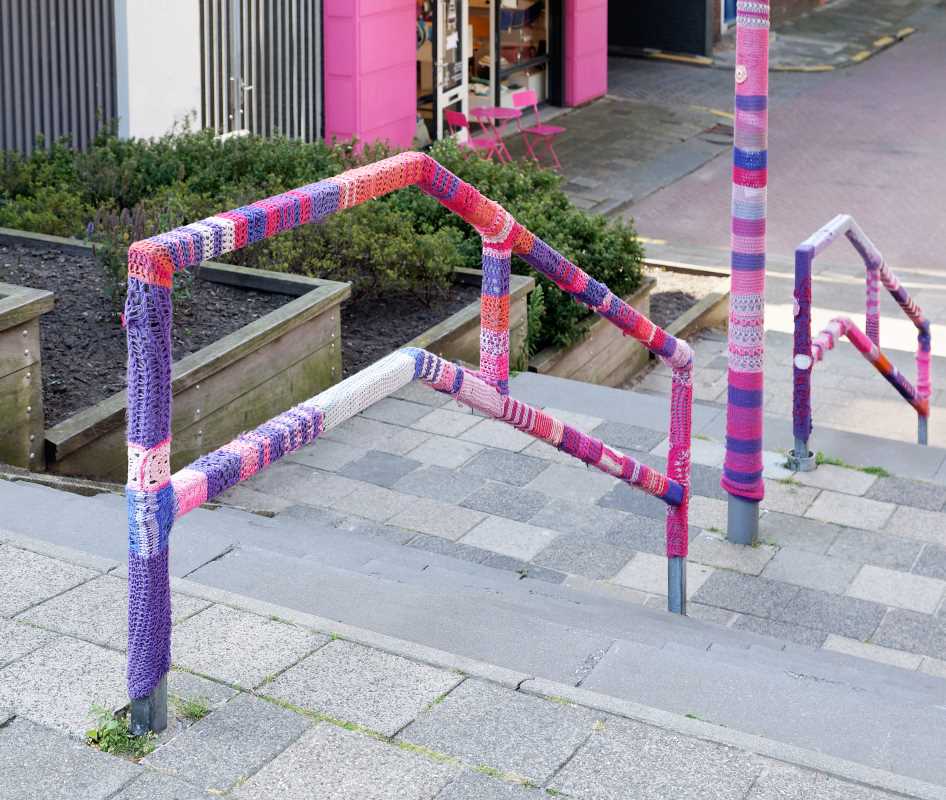 (Image via
(Image via
